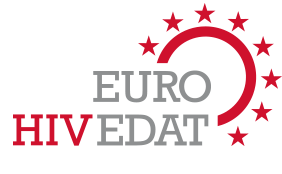Empowerment of the key population, in this case men who have sex with men, is a principle at the core of community-based health promotion, including voluntary counselling and testing services.
The involvement of MSM is central to the concept of community-based voluntary counselling and testing (CBVCT) services. Many CBVCT services for MSM have been initiated by the affected population themselves and then developed in collaboration with the other stakeholders.
Listening and responding to the needs of the key population is an essential part of the CBVCT approach.
You will find aspects of community involvement throughout this toolkit. This section focuses specifically on empowerment, governance, decision-making and volunteers.
